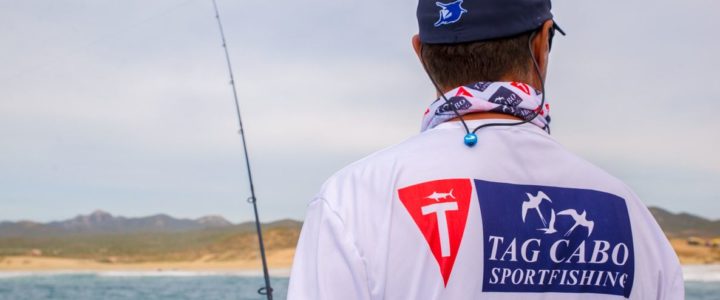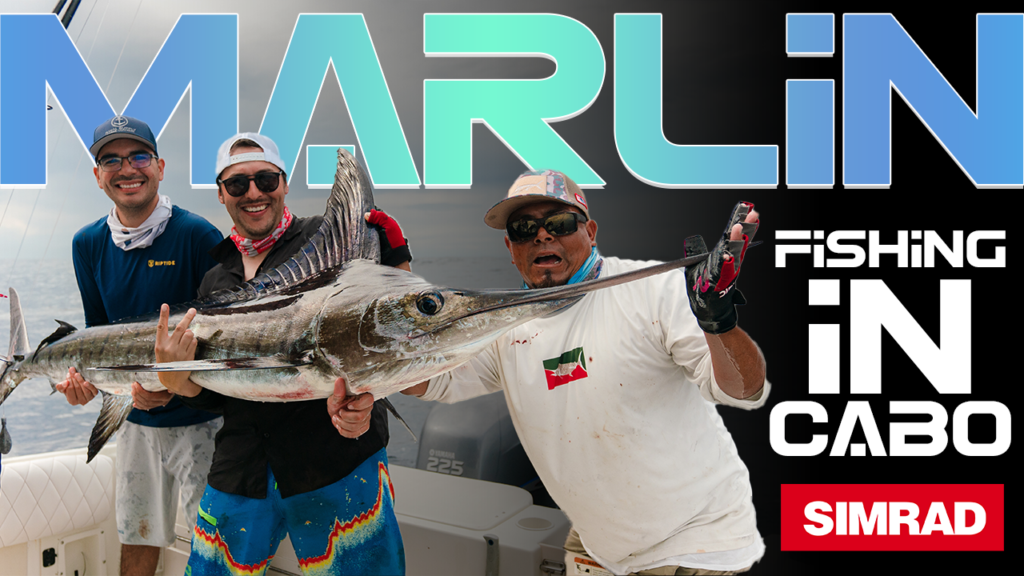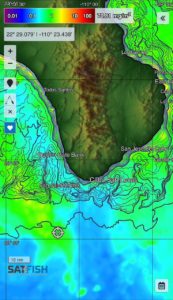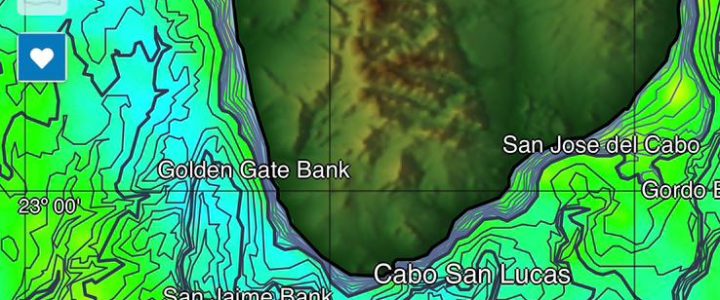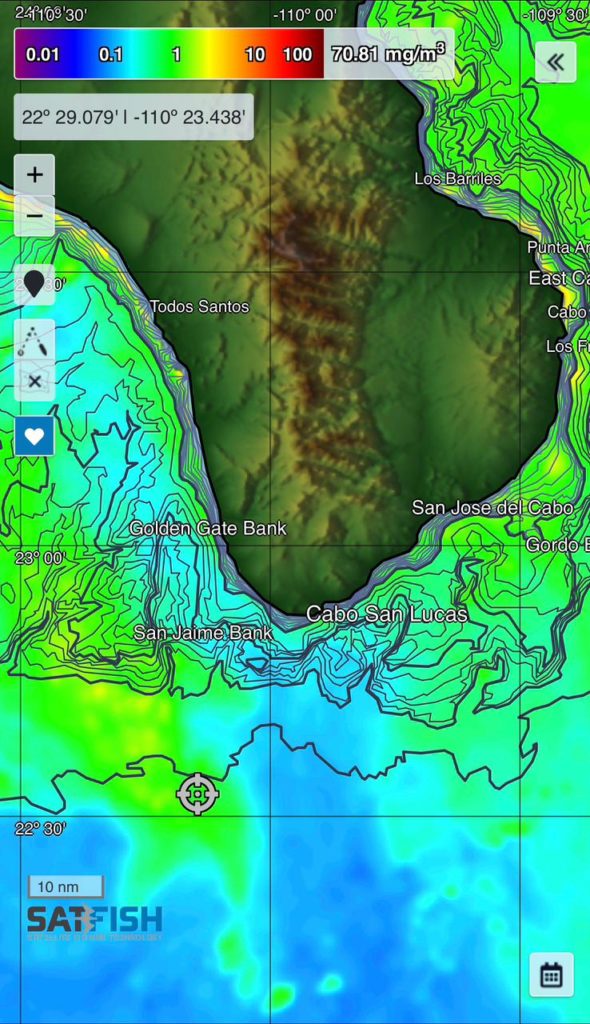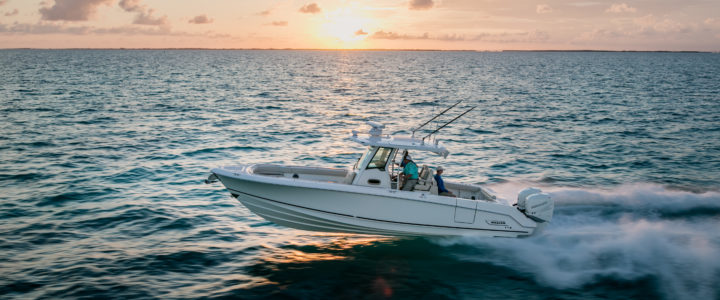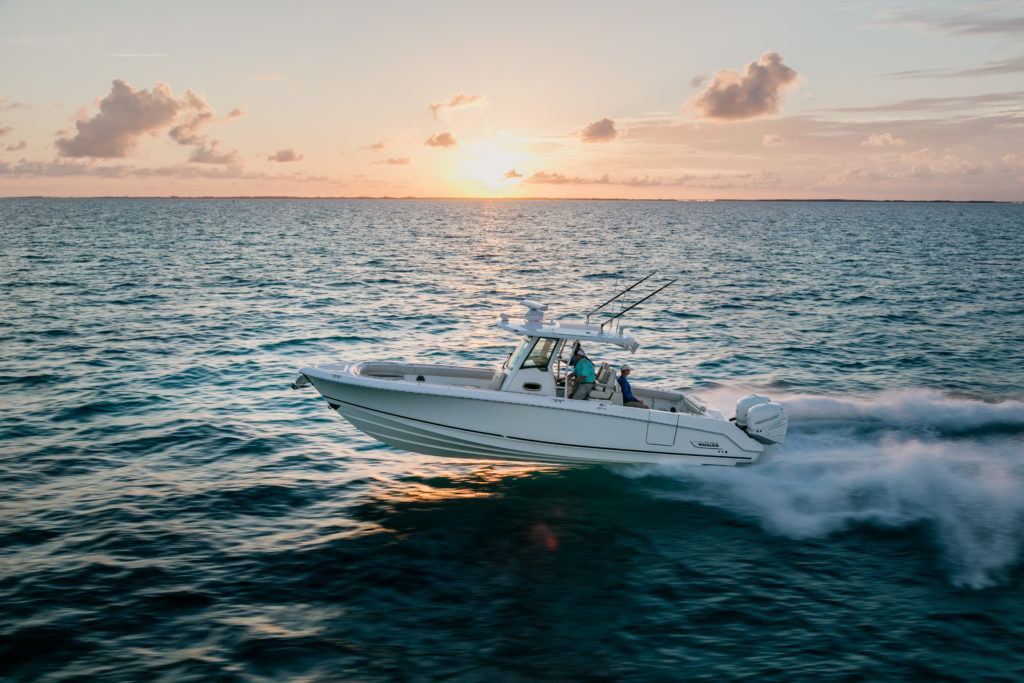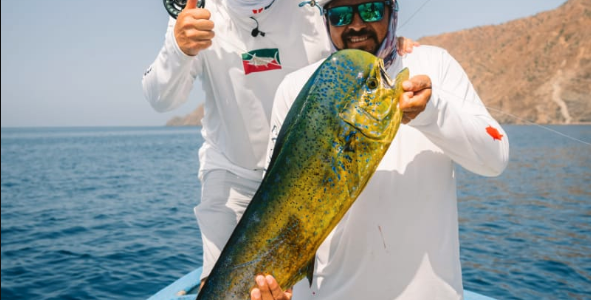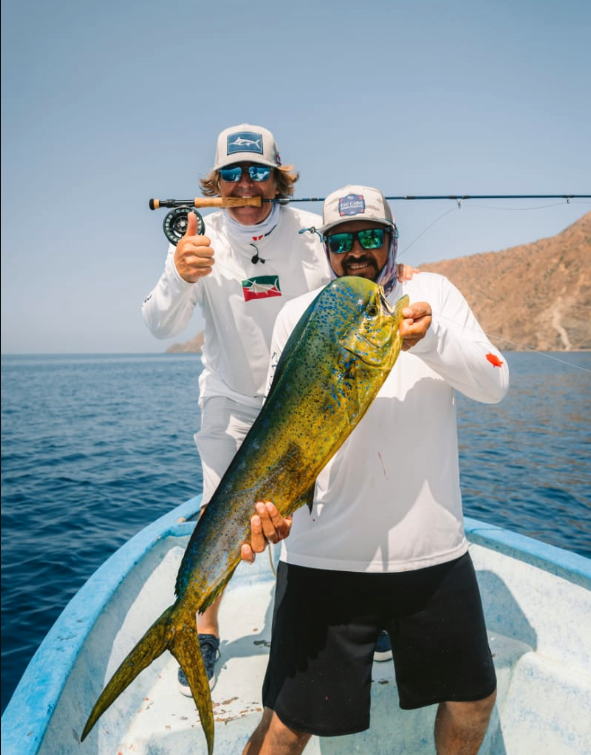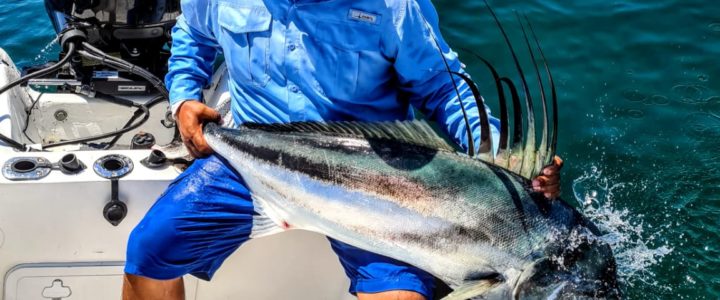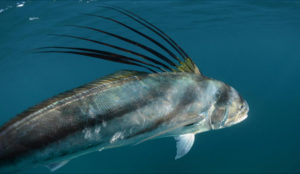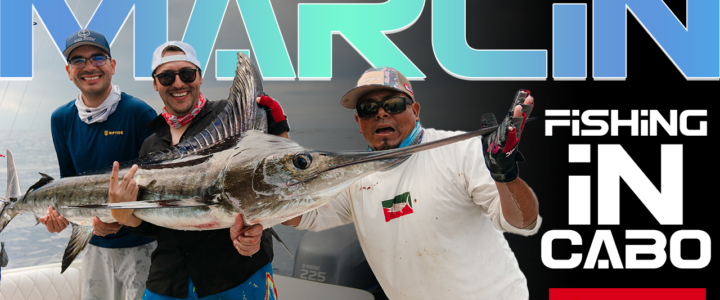Cabo San Lucas, located on the southern tip of Mexico’s Baja California peninsula, is a world-renowned fishing destination known for its abundant marine life and stunning scenery. Three of the most prized game fish found in the region are the striped marlin, black marlin, and blue marlin. Understanding the ideal water temperature and what these fish eat is critical for any angler hoping to land one of these prized fish.
Best Water Temperatures To Catch Marlins in Cabo San Lucas And What They Eat
Striped marlins are typically found in tropical and subtropical waters and are most commonly caught off the coast of Cabo San Lucas between the months of November and March. During this time, the water temperatures in the region are usually in the range of 70-75 degrees Fahrenheit, which is considered to be the perfect temperature for finding striped marlins. When the water temperature is within this range, striped marlins are more active and will be more likely to chase baitfish, making them easier to catch. Striped marlins are known to congregate in large numbers during this time of year, so anglers who target this species during the winter months will have a good chance of hooking a trophy-sized fish.
Black marlins are typically found in warmer waters, and the ideal water temperature range for finding black marlins in Cabo San Lucas is between 75-85 degrees Fahrenheit. Black marlins are known for their incredible size and strength, and they can be found offshore throughout the year. During the summer months, when water temperatures are in the higher range, black marlins are more active and will be more likely to feed. Black marlins primarily feed on a variety of baitfish, including mackerel, bonito, and squid.
Blue marlins are also typically found in warm waters, and the ideal water temperature range for finding blue marlins in Cabo San Lucas is between 75-85 degrees Fahrenheit. Blue marlins are known for their incredible size and speed, and they can be found offshore throughout the year. Like black marlins, blue marlins are more active during the summer months when water temperatures are in the higher range. Blue marlins primarily feed on larger baitfish such as tuna, mackerel, and squid.
If you’re an angler looking for a reliable and accurate way to track water temperatures for fishing, SatFish is a tool you should definitely consider. SatFish is a web-based service that provides real-time satellite images and sea surface temperature data for various fishing locations around the world. This service is especially useful for anglers looking to target specific species of fish that have particular temperature preferences.
In addition to water temperature and food sources, other environmental factors can also play a significant role in the behavior of marlins. Factors such as water clarity, baitfish concentrations, and ocean currents can all affect the movement patterns of marlins, and skilled anglers will need to take these factors into account when planning their fishing strategy.
Anglers looking to find marlins in Cabo San Lucas should also consider hiring a local guide or charter service with experienced captains who are familiar with the local waters and fishing conditions. These guides will have the expertise and knowledge to help anglers locate the best fishing spots and increase their chances of success.
In conclusion, understanding the ideal water temperatures and what these fish eat is critical for any angler hoping to land a striped marlin, black marlin, or blue marlin in Cabo San Lucas. With the right water temperatures and knowledge of their preferred food sources, anglers can increase their chances of success and enjoy an unforgettable fishing experience in one of the world’s premier fishing destinations.
If you’re looking for an unforgettable fishing experience in Cabo San Lucas, look no further than TAG Cabo Sportfishing. With our experienced captains and top-of-the-line equipment, we’ll help you make the most of your fishing trip and increase your chances of landing that trophy fish. And with our knowledge of the latest chlorophyll charts, we can take you to the areas of the water that are likely to hold the biggest and most active fish. So if you’re ready to experience the thrill of big game fishing in Cabo San Lucas, give us a call and book your trip today! tagsportfishing@gmail.com

